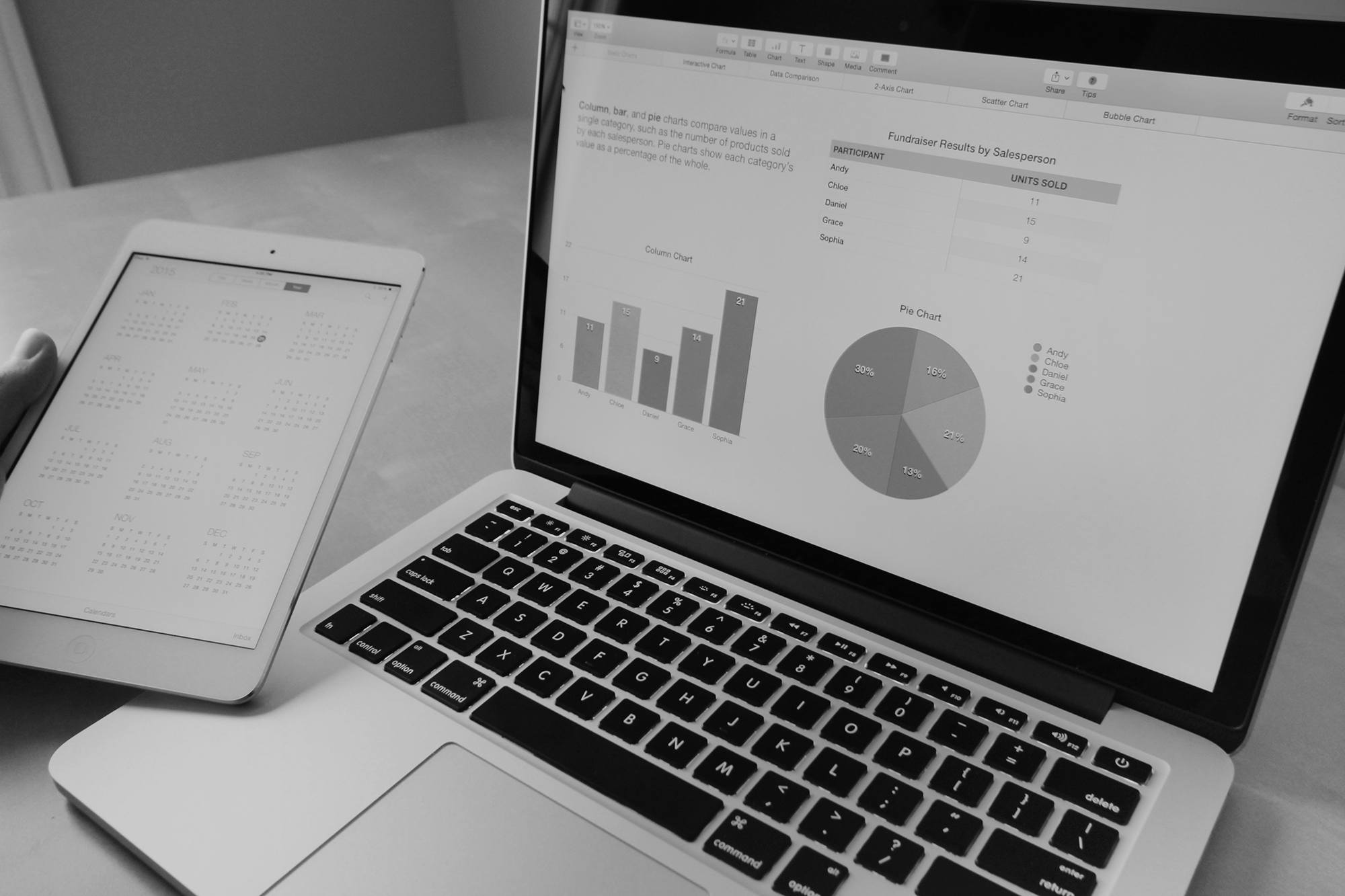Marketing Resource Management tools are undeniably useful in retail businesses. They provide an interface that allows several users to compile, organize, distribute, and track marketing resources. In the past few years, however, MRM tools have declined in usage due to a small spread of issues, from poor usability to lack of flexibility when integrating with other technology. Even with these common flaws, MRM tools have incredible benefits, sometimes streamlining processes to a point where businesses are able to save millions of dollars.1
When seeking out the best MRM tool for your business, there are many things to keep in mind to avoid common setbacks. Modern MRM tools should provide the functionality of Digital Asset Management tools and Product Information Management tools, and support for in-depth metric reporting.
Digital Asset Management (DAM):
DAM tools are built to provide several users in your organization access to a pool of digital assets, from logos and brand assets to flyers and posters. Look for DAM tools that provide robust filtering and search capabilities to easily find the exact asset a user is searching for, and make sure it’s the most recent iteration of that particular asset. Once users have found what they were looking for, a DAM tool should allow for customized content such as contact information, variable photos, legal information, etc. This customization is crucial when reaching out to customers – 77% of consumers have chosen, recommended, or paid more for a brand that personalized its offerings.2 Customization also assists in tracking sales targets, as it’s clearly stated on collateral which sales rep referred the customer. When customization has occurred and been approved, a good DAM tool allows for distribution in a variety of ways, from downloading a digital file to creating a print request.
Product Information Management (PIM):
PIM tools are made to keep product information such as SKUs, pricing, stock information, product specs, promotional data, etc. The interface should be easy to use when updating product information and have the capability to host translated product info depending on your target market. If you have linked products such as product protection plans, service plans, or extended warranties the tool should be able to display product pricing both with and without the add-on service. If you produce product catalogs they should be easily viewed and distributed via the tool.
Reporting and Metrics:
An in-depth reporting system allows marketers to adjust to the trends of different markets. Keeping track of metrics is key to measuring efficacy of your strategy and making future decisions based on what has worked and what hasn’t. Metrics are the only true way to know where you stand, and a good MRM system will report on a range of metrics that are important to you, from marketing resource usage, to ecommerce sales. A good reporting system has a good user experience, and options for visualizing data.
When in doubt, build it yourself!
Your company is unique, and sometimes a boxed-up solution is just not going to cut it. Oftentimes there won’t be just the right configuration of features, or the usability will be lacking. In these situations, it’s best to take an existing MRM framework and customize it to really embrace the features that are key to you. Don’t be afraid to hire an MRM tool developer to help make your system a success!
About Weber Associates
Weber Associates is a Columbus, OH-based consulting firm. Since 1985, we have blended the creativity of a marketing agency with the analytical rigor of a consultancy to help our clients solve real sales and marketing challenges so they can significantly grow revenues and customer loyalty.


